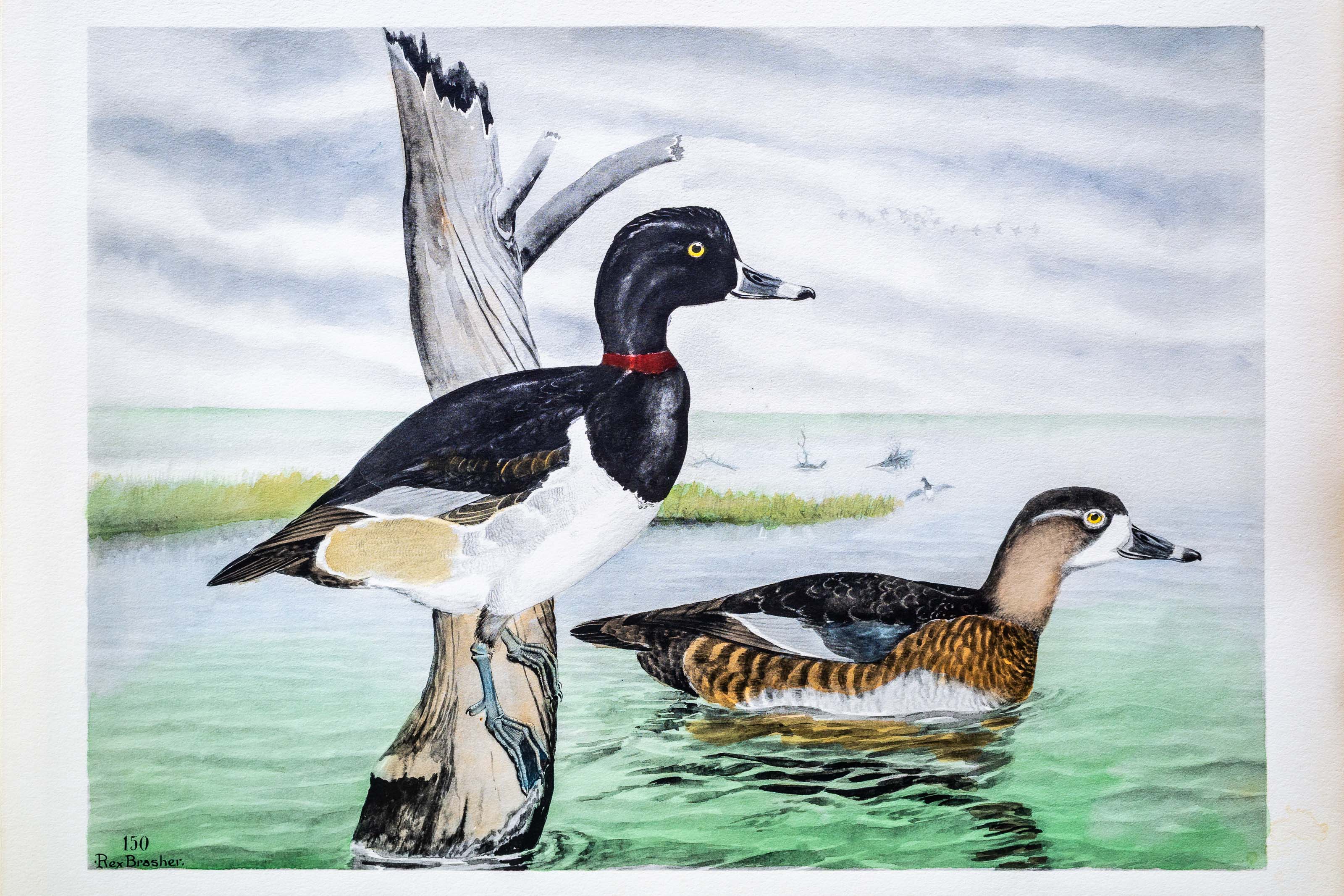
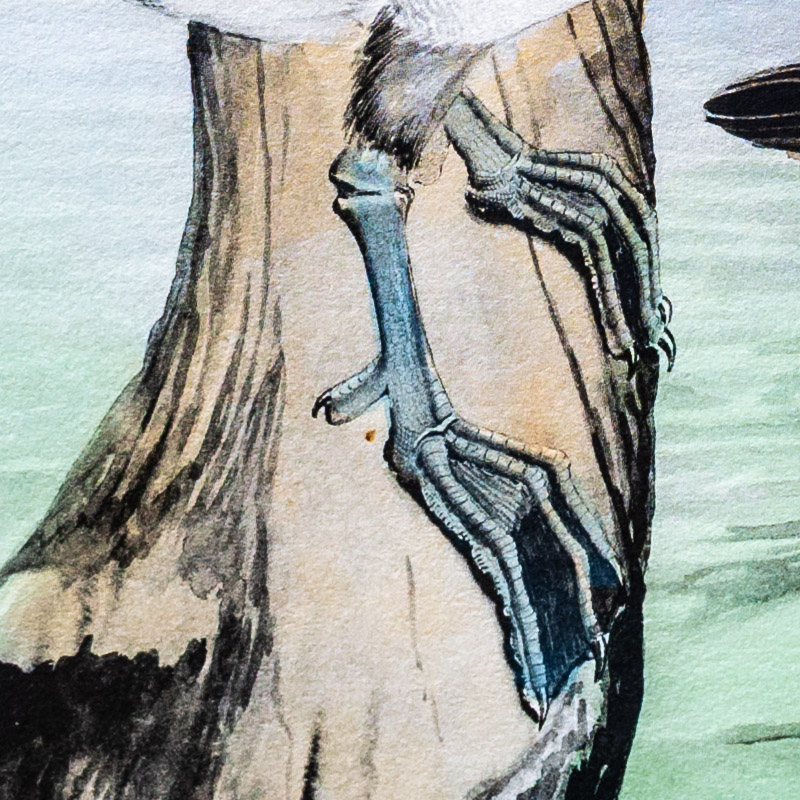
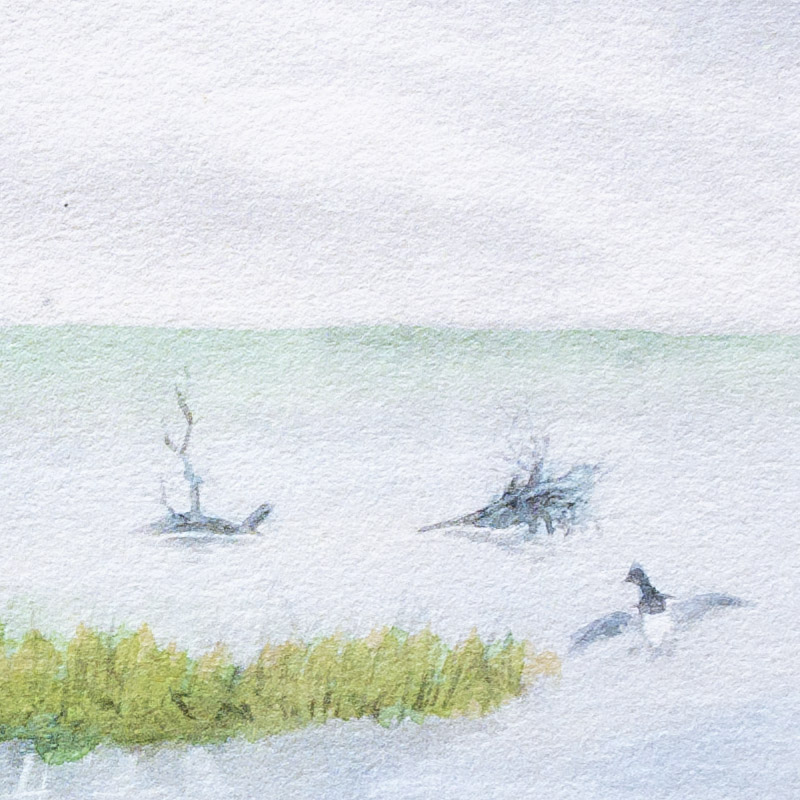
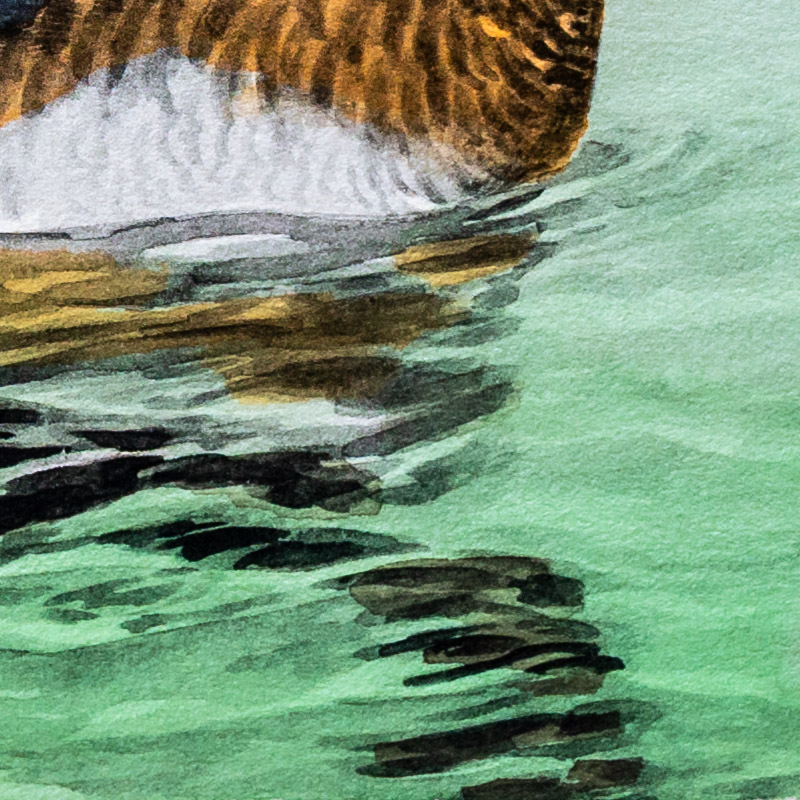

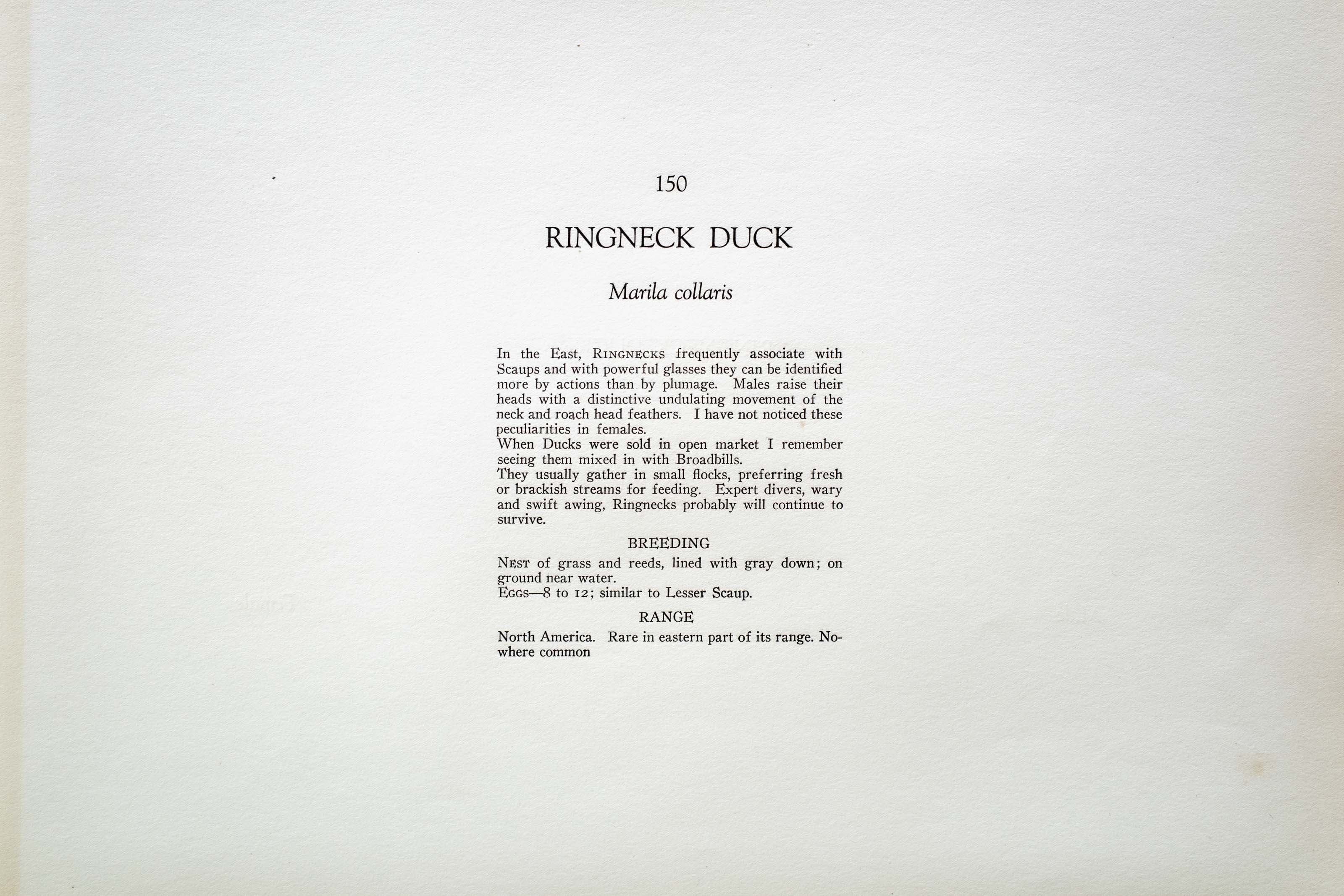

Unknown
1930
3
150
A team of dedicated board members, volunteers, and student interns has published every page in Volume 9. This volume includes 360 images of paintings and lyrical descriptions of birds, now available online for everyone to enjoy anywhere in the world. This is a monumental task. Each volume requires approximately 400 hours to photograph, edit, transcribe, catalog, and publish online. We need your support to complete this work.
If you're tech-savvy, have a good eye, are meticulous with details, and love structured data, please consider volunteering by emailing us at hello@rexbrasher.org.
We encourage all bird lovers and supporters to consider a monetary donation to support our mission to make Rex's work available for everyone. You can provide a one-time or recurring donation online.
In the East, RINGNECKS frequently associate with Scaups and with powerful glasses they can be identified more by actions than by plumage. Males raise their heads with a distinctive undulating movement of the neck and roach head feathers. I have not noticed these peculiarities in females.
When Ducks were sold in open market I remember seeing them mixed in with Broadbills.
They usually gather in small flocks, preferring fresh or brackish streams for feeding. Expert divers, wary and swift awing, Ringnecks probably will continue to survive.
NEST: of grass and reeds, lined with gray down; on ground near water.
EGGS — 8 to 12; similar to Lesser Scaup.
North America. Rare in eastern part of its range. Nowhere common.